Now more than ever, brands, merchants and retailers are being forced to adapt to a world where customers buy their products from a variety of channels — online storefront, marketplaces and in-store — depending on their needs. One thing is for sure, the preference for online shopping continues to grow. Consumer online spending grew 14.2% in 2021 which may not seem staggering; however, that was over record-breaking growth of 31.8% in 20201. Even online shopping for groceries has doubled since 2019, and according to a 2022 omnichannel study, 85% of shoppers plan to maintain or increase their ecommerce grocery shopping habits2.
The omni-channel experience.
Much of the focus seems to be aimed at strategies to ensure the best possible experience across all channels in hopes of cultivating customer preferences, which has become far more challenging in today’s digital world. Many brands and retailers feel this is so critical; we’ve seen major retailers put enormous energy into their online efforts (Walmart, Target & others) including BOPIS and delivery, while digitally native organizations are investing in physical stores (Amazon, Peloton, Allbirds, Warby Parker & others). To further complicate matters, we’re dealing with rising digital advertising costs and changes in the availability of cookie data.
| 64% of retailers are working to improve online customer experience to adapt to growing preference for ecommerce shopping3 and 30% of retail marketers said they feel they are effective at driving a seamless, consistent omni-channel experience4. Competition is fierce! |
With so much riding on online sales, how does your fulfillment experience stack up?
Does it effectively support your omni-channel strategy? There’s much to consider. Pre-pandemic, most of the fulfillment experience centered on same-day order processing, delivery speed and real-time notifications. Even same-day delivery was becoming a hot topic on the subject, then along came the pandemic, a proverbial wrecking ball in to the world of logistics. Carries (UPS, Fed Ex, etc.) began struggling to meet demand followed by what is now an ongoing supply chain crisis with no end in sight. We all seem to have acquiesced to a new norm. You might get delivery in a day or two, or it may be two weeks (or much more).
A key customer touchpoint.
Don’t get me wrong, the delivery timeline still matters a great deal. We’ve all just had to accept we may not get things as quickly as we once did. But, what about the delivery experience itself? Are you making the most of fulfillment marketing? Does your packaging reflect the brand image you’ve worked hard to cultivate? Is the product packed neatly, with care? Are you able to include on-demand, custom flyers with messaging that supports your product marketing efforts? The delivery is becoming an increasingly important touchpoint. With traditional brick and mortar retailers looking to enhance their online experience and digitally native merchants seeking more in-store presence, the ability to cross-promote, drive traffic and cultivate customer loyalty through in-box marketing may be a simple, yet cost-effective way to support your omni-channel strategies. Today’s technology offers opportunities to include highly creative, order/product centric offers based on purchase criteria, without the waste and obsolescence of the pre-printed inserts of yesterday. After all, you’re already delivering the package free of clutter, unlike your customers’ inbox and social feeds!
Seize the moment!
You have their attention – get the most out of every customer touchpoint, including the order they just received.
Looking for a fulfillment partner that can support your omni-channel strategy with fulfillment marketing capabilities? Contact Us!
1Digital Commerce 360: A Decade in Review
284.51 Omnichannel Study, 2022
3WARC Marketers Toolkit 2021 Report
4Forrester & Bluecore report: Align Technology, Date And Your Organization To Deliver Customer Value



